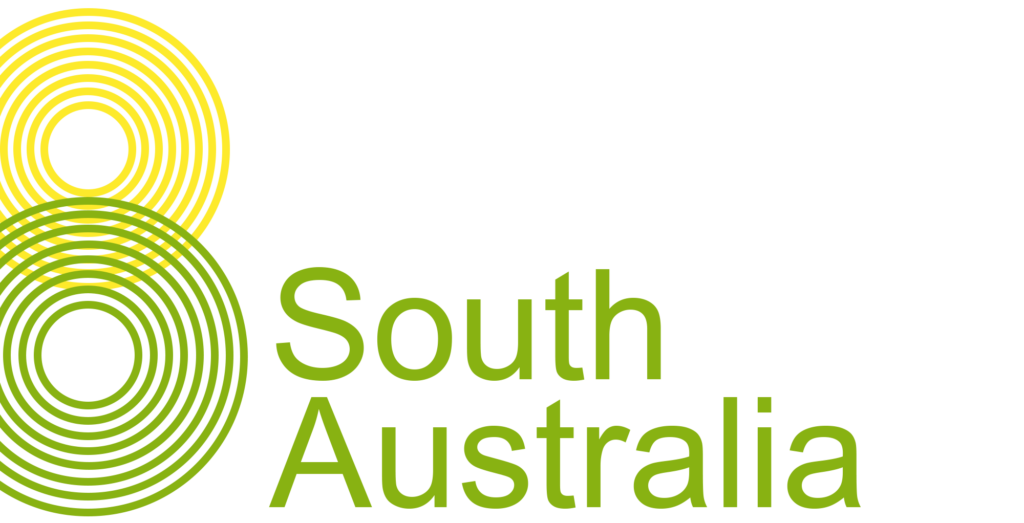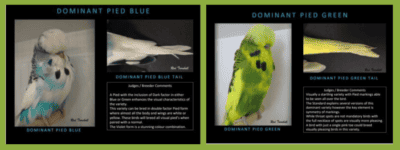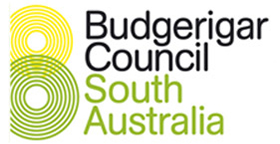
Dominant Pied Budgerigar/Budgie
The first Dominant Pied Budgie (Budgerigar) appeared in England in 1930, named “snowflake,” causing a sensation among geneticists and aviculturists. German scientists Consul-General Cremer and Dr. Duncker published a photo in “Voegel Ferner Laender.” Although others were reportedly bred in France and Germany in 1932, attempts to increase their numbers failed and they eventually disappeared.
Around 1933, notable bird fanciers in Sydney and Melbourne first observed the mutation of the dominant pied budgie in their aviaries. By 1935, this unique bird had been showcased at the Royal Zoological Society exhibition in Sydney. They described its coloration as green with half wings of yellow and a yellow bar across its body. A Mr. Keith Ings purchased the bird along with its normal-looking parents, a Sky Blue cock, and an Olive hen. It is believed that the offspring produced by this trio of birds are the ancestors of the Australian Dominant Pied, which can have a range of patterns and ground colors on their bodies, including the presence of a band, absence of any ground color, and the more commonly seen variegated appearance.

Image Courtesy of Rod Turnbull and the ANBC
Dominant Pied Budgies – Different Types
In line with the current standard, it’s important to note that a defined band on a dominant pied isn’t mandatory. Similarly, symmetry in ground colour distribution isn’t a necessity. However, both the presence and quality of a band and the symmetry in ground colour distribution are considered optimal. When judges are presented with two similar Dominant Pieds, these features serve as distinguishing elements.
Equally, while a full set of spots isn’t compulsory, the presence of a symmetrical set of spots is most ideal. This, too, can be a useful criterion to differentiate between two birds that seem nearly identical. A mere ground colour spot on the back of the head won’t suffice for a budgerigar to be categorized as a Pied. For clarification purposes, the pattern of black or cinnamon melanin is categorized under the “Markings” descriptor, whereas the body and ground colour pattern is classified under the “Colour” descriptor, not “Markings.”
Clear flighted Dominant Pied Budgie Group
Interestingly, the Dutch Dominant Pied represents the morph of the Clear flighted Dominant Pied Group in Australia. Though this is a distinct pied gene, when shown (which is rare), it shares the same class as the aforementioned Dominant Pied. Ground colour, in ideal conditions, should not extend beyond half of the body colour below the mask. Optimal ground colour is seen in primary flights and primary tail feathers. However, regular coloured feathers, potentially grizzled, might also be observed. Notably, an expansive ground colour area on the head’s back is different from the smaller ground colour spot typical of Dominant Pieds.
Phenotype Variants
Discussing phenotype variants, the Clearflighted Dominant Pied is essentially a variant of the Dutch Dominant Pied. On the other hand, the Banded Dominant Pied is recognized as the original Australian rendition of the Dominant Pied. Neither of these are different genes from the Dutch Dominant Pied or the Dominant Pied; they just present minor differences in appearance. It’s crucial to mention that standards for these variants are outlined in the “Phenotype Variants” section of the Standard. This is particularly useful as specialist pied clubs might opt to categorize them separately in their exhibition schedules. In the case of the Clearflighted Dominant Pied, the flights and primary tail feathers showcase yellow or white, with the body conspicuously lacking ground colour. This specific appearance, devoid of the pied ground colour pattern on the body, can occasionally be replicated in the Dominant Pieds, which aren’t classified as Clearflighted Dominant Pieds.
Wrong Classing Dominant Pieds
For judges, it’s paramount to be vigilant for double factor Dominant Pieds when assessing Recessive Pied classes. Signs to look out for include a white iris ring, which is indicative of a Dominant Pied, especially in exhibits that show a lack of body colour on their front. It’s also noteworthy that Recessive Pieds and Dark Eyed Clears have pink feet. In contrast, Dominant Pieds usually have dark feet, barring some instances of pink patches, often referred to as being “pieded out”. As a side observation, Dominant Pied Cinnamonwings are likely to have pink feet as well.
Identification of the Dominant Pied Exhibition Budgerigar
Fanciers enter both Australian Dominant Pieds and Dutch Dominant Pieds in the Dominant Pied Budgerigar class. The Standard for each varies slightly, based on varietal characteristics.
The Australian Dominant Pied
The mask is to be clear, wide and deep, (not cleft) extending beyond two large cheek patches ornamented by six evenly spaced, large, round black throat spots. Additionally, the base of the cheek patches partially covers the outer two spots. Six spots are optimal but any number may be absent in the pied variety. The back, rump, breast, flanks and under parts to be a solid and even shade throughout. That being said, the bird’s body may exhibit ground color as a band on the chest or as patches on any part of its body. Symmetry in distribution of these patches is desirable. To that end, body colour should be full intensity. A complete band of ground colour, approximately 20mm wide and extending across the body approximately midway between the lower edge of the mask and the legs is optimal.
Markings are black and clearly defined on cheeks, back of head, neck and wings. Patches of ground colour can replace markings in any area. Furthermore, they should be symmetrical. The Dominant Pied budgerigar features a black eye with a white iris ring.
Feet and legs are blue/grey mottled, although pink areas clear of skin pigment may appear on one foot/leg or both.
Australian Dominant Pied Flights & Tails
Optimally, the primary flights are a buttercup yellow or white, however a few normal coloured feathers may be present. The distribution of normal colored feathers is ideally symmetrical.
Likewise, the primary tail feathers are also buttercup yellow or white, but again the presence of coloured feathers may occur. Colours for body, cheek patches, tail quill and tail feather are as for Normal with the exceptions noted above.
The Dominant Pied group includes the Yellow Faced Blue Series, Greywing, Cinnamon wing, Opaline, Fallow and Spangle combinations with Dominant Pied.

Identification of the Dutch Dominant Pied
The mask is to be clear, wide and deep, (not cleft) extending beyond two large cheek patches ornamented by six evenly spaced, large, round black throat spots. Additionally, the base of the cheek patches partially covers the outer two spots.
The back, rump, breast, flanks and under parts to a solid and even shade throughout but broken with no more than 50% of total body colour area by patches of ground colour. Restrict the patches of color to the top part of the body. Furthermore, a spot of ground colour should be present on the back of the head.
Markings on the cheeks, back of head, neck and wings should be black, clearly defined and symmetrical on the appropriate ground colour. Naturally, they are free from any intrusion of body colour or ‘bloom’. Grizzled wing markings are acceptable in appearance. The eyes are black with a white iris ring.
Like the Australian Pied, the requirement is for full intensity body colour. Pink areas clear of skin pigment can appear on one foot/leg or both, but the budgerigar’s legs and feet are otherwise blue/grey mottled.
Dutch Dominant Pied Flights & Tails
Optimally, the primary flights are buttercup yellow or white. However, normal coloured feathers may be present. The distribution of normal colored feathers is ideally symmetrical.
Likewise, the primary tail feathers are also buttercup yellow or white, but again the presence of coloured feathers may occur. Colours for body, cheek patches, tail quill and tail feather are as Normal with the exceptions noted above. Each individual feather may contain both ground colour and body colour (frosted).
Like the Australia Pied, the Dutch Dominant Pied includes Yellow Faced Blue Series, Greywing, Cinnamon wing, Opaline, Fallow and Spangle combinations.
Suggested Pairings to Produce Dominant Pied Budgerigars
Today, the dominant pied mutation is one of the most popular mutations in budgerigar breeding. The mode of inheritance is dominant. If a budgerigar inherits the dominant pied gene from one parent, it will show the dominant pied coloration. This applies even if it also inherits a different color mutation from the other parent. This differs from recessive pieds, which require both parents to carry the gene for the offspring to display the mutation.

Click here for pairing expectations in full.
Accordingly, to produce dominant pied budgies, one bird in the pairing must carry the dominant pied gene. To that end, some offspring inherit one dominant pied gene, resulting in them displaying dominant pied markings.

